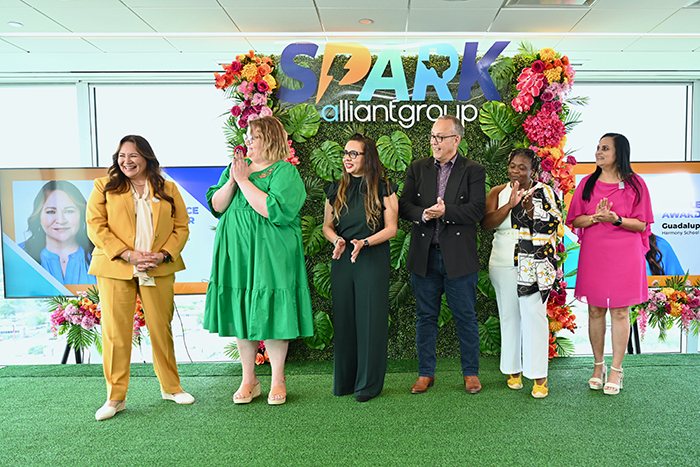[vc_row][vc_column][vc_column_text]I hear it from business owner’s every day, that they can’t find enough technical talent to fill roles. With the demand for STEM-related jobs projected to hit 9 million by 2022, it’s no mystery that science and technology represent the future of labor. According to a recent study, by the year 2024, STEM jobs and employment are projected to rise dramatically, with mathematical science projected to grow at a rate of 28.2 percent. The importance of STEM (science, technology, engineering, and mathematics) in the education and job economy is increasing rapidly. On average, a STEM degree holder makes more money, even in non-STEM fields, than those with a non-STEM education.
Stats paint a rosy picture full of tremendous possibilities in a STEM-enabled future. But there’s a caveat—America is not prepared to tap into STEM’s immense potential. At the moment, we have an insufficient supply of skilled STEM workers. All that we do every single day is support and strengthen American business and STEM enablement has to be part of that if we want this country to stay competitive.
The STEM Gap
I need other people to care about it too, because it will take a holistic movement to catch up with the rest of the world. Here’s why STEM needs constant nurturing and support from the government and organizations:
- There aren’t enough workers to fill STEM vacancies—Across industries and specializations, our clients have echoed this sentiment. Jobs favoring STEM-trained applicants have recently increased STEM activities in the U.S., but, many organizations are having trouble hiring qualified applicants due to a skill shortage. Our clients are worried. Their businesses will suffer if there isn’t a workforce prepared to meet their STEM-related expectations. It’s no surprise that many of our client’s CSR initiatives revolve around STEM education. Early STEM education support reduces future unemployment and talent shortages.
- There is a large gap between the number of STEM graduates and the number of jobs available: Not only are there not enough people in the workforce that are STEM educated, there are also not enough people graduating with STEM degrees, so the problem will only get worse. According to Randstad North America, by the end of 2016, the United States had approximately 3 million more STEM jobs available than the number of competent individuals required to fill the roles. Only 16 percent of American high school seniors are proficient in math and are interested in a career in a STEM-related field. Even among those who do go on to pursue a college major in the STEM fields, only roughly half choose to work in a career related to STEM. The United States is falling behind internationally, ranking 29th in math and 22nd in science among industrialized nations.”H-1B, a short-term work Visa for highly talented international workers, is a decent short-term answer, but to fill the gap between opportunities and available talent, we need to focus more on domestic STEM initiatives.
- The United States lags behind the rest of the world in STEM education, and it puts us at a competitive disadvantage: The number of high schools and college students pursuing a STEM-based curriculum is at an all-time low. A mere 16% of American high school seniors are skilled in math and want a career in STEM. Even among individuals who pursue STEM-related undergraduate majors, barely half select STEM-related careers. The U.S. ranks 29th in math and 22nd in science among industrialized nations, according to data compiled by the Organization for Economic Co-operation and Development (OECD).
Building a Vast Pool of STEM Talent
STEM education is critical for the world’s future, yet the STEM curriculum in the American education system is falling behind. Education must evolve from a subject-based approach to one that trains students to apply STEM concepts to real-world issues. Our global ranking as a STEM education provider can improve only when specialized STEM education programs work hand in hand with the increase of STEM jobs. While multiple government initiatives have been undertaken in recent years, we simply need to do more as a collective.
Some businesses have responded to this call for support by taking steps to support STEM initiatives. We’re trying to do our part at alliantgroup. We offer bi-annual scholarships to high school graduates intending to enter and complete a college-level STEM program. We’re hosting STEM summits and funding afterschool programs. We’re doing our best to ensure our country can compete on the world stage by offering these opportunities to students who otherwise would not have them. We need help though and we need more people dedicated to the cause.[/vc_column_text][/vc_column][/vc_row]


